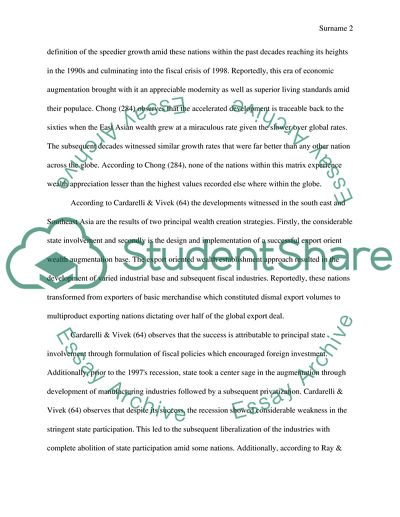Cite this document
(“East and South East Asia Differences Term Paper”, n.d.)
East and South East Asia Differences Term Paper. Retrieved from https://studentshare.org/geography/1587371-east-and-south-east-asia-differences
East and South East Asia Differences Term Paper. Retrieved from https://studentshare.org/geography/1587371-east-and-south-east-asia-differences
(East and South East Asia Differences Term Paper)
East and South East Asia Differences Term Paper. https://studentshare.org/geography/1587371-east-and-south-east-asia-differences.
East and South East Asia Differences Term Paper. https://studentshare.org/geography/1587371-east-and-south-east-asia-differences.
“East and South East Asia Differences Term Paper”, n.d. https://studentshare.org/geography/1587371-east-and-south-east-asia-differences.


